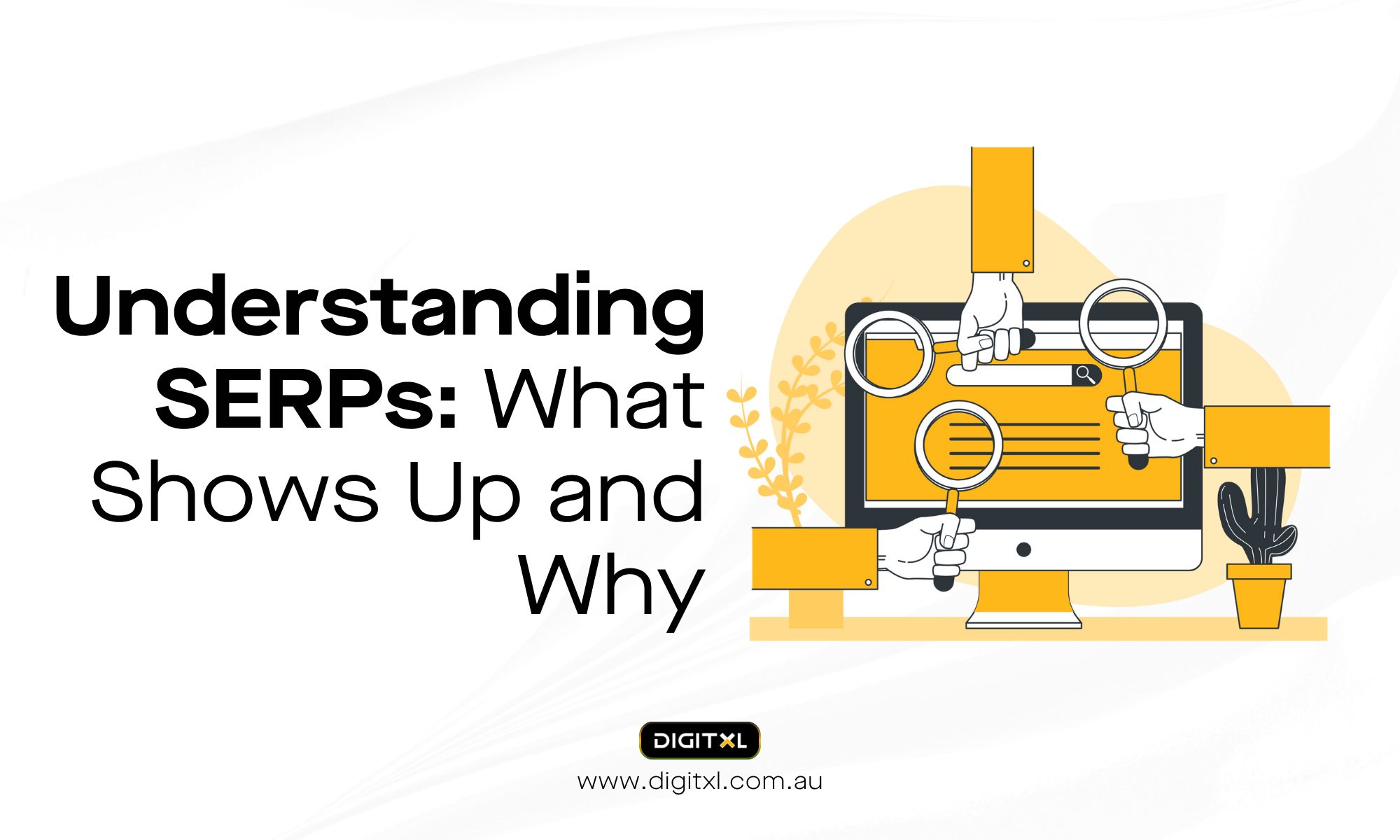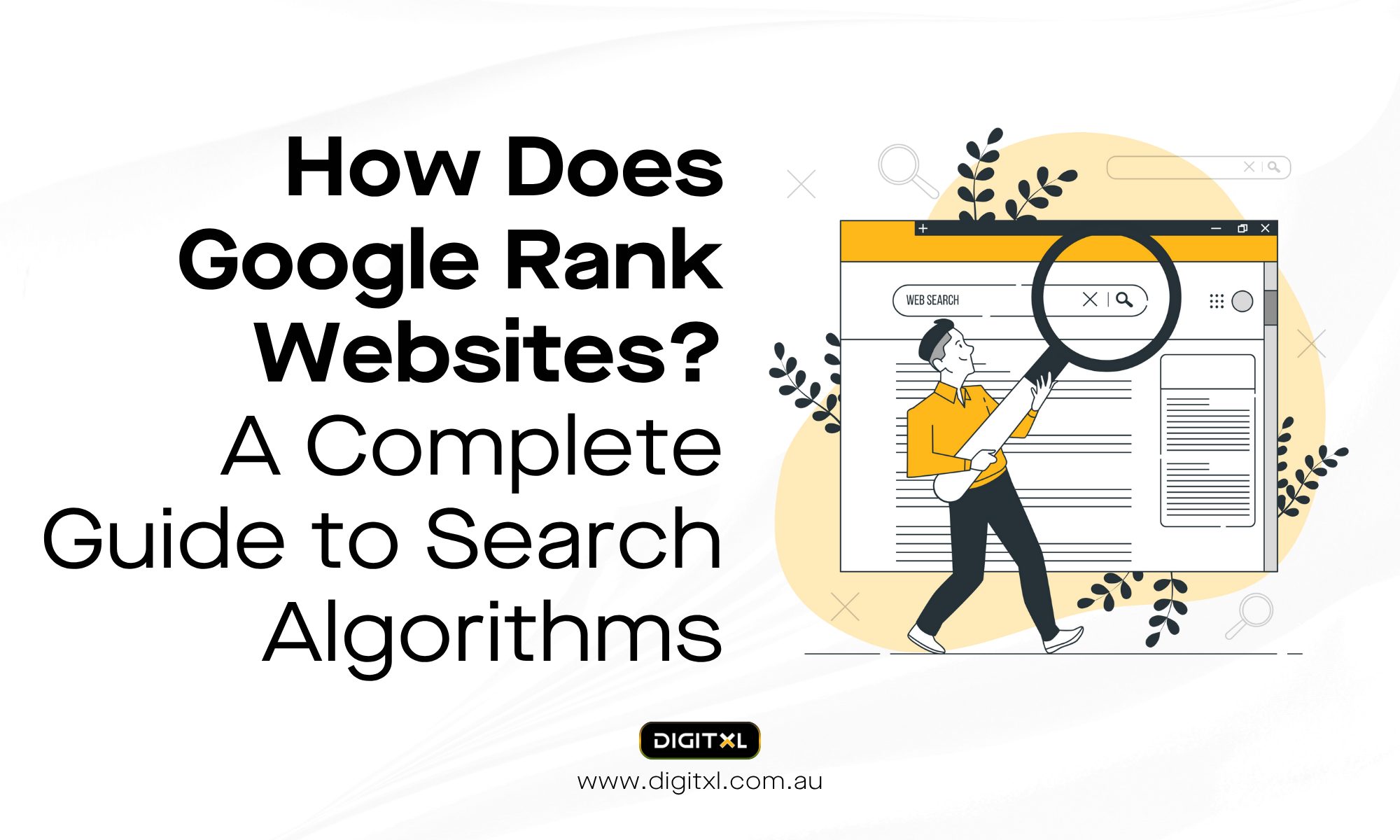- Data Analytics
- Digital Analytics
Choosing a Customer Data Platform: A Guide for Mid-Sized Teams
18 Jul 2025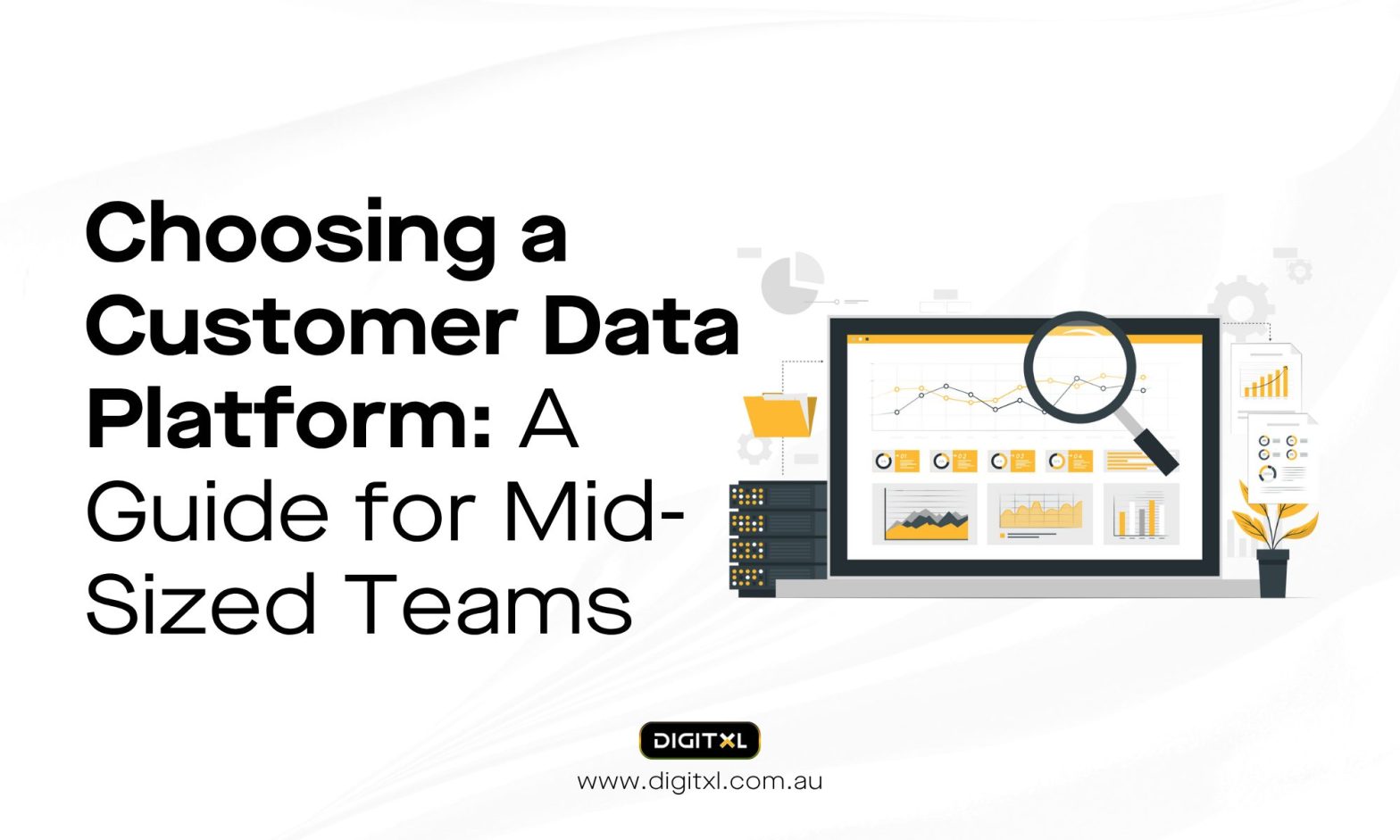
Customer data platforms come up when teams begin asking bigger questions about consistency. Segments need to be reused across tools. Reporting starts to drift between platforms. Consent logic has to hold across campaigns. And the old process of manually exporting lists or rebuilding traits starts to feel avoidable.
This guide is written for teams at that point who are not guessing whether a CDP exists, but weighing whether it’s the right next step. Whether you’re a founder managing early complexity, a CMO trying to reduce rework, a martech lead comparing platforms, or an analyst maintaining reports across GA4, BigQuery and Meta, this is how to decide if, when, and how a CDP fits and what role CDP consulting services may play.
1. Before you look at platforms, look at patterns
CDPs are built to standardise what’s already been defined. When teams try to use one without a common structure, it usually doesn’t fail; it just creates more work, in more places, with more dashboards.
Before you evaluate tools, look at your current process:
- How are campaign segments created?
- What defines an “active” or “returning” customer?
- Who owns the event schema and where is it documented?
- Do different teams use different definitions for the same audience?
- Can suppression rules be traced, or are they manually rebuilt?
If the answers aren’t clear, you’re not choosing a CDP yet. You’re building a foundation to make one usable, which is often the real starting point for CDP implementation.
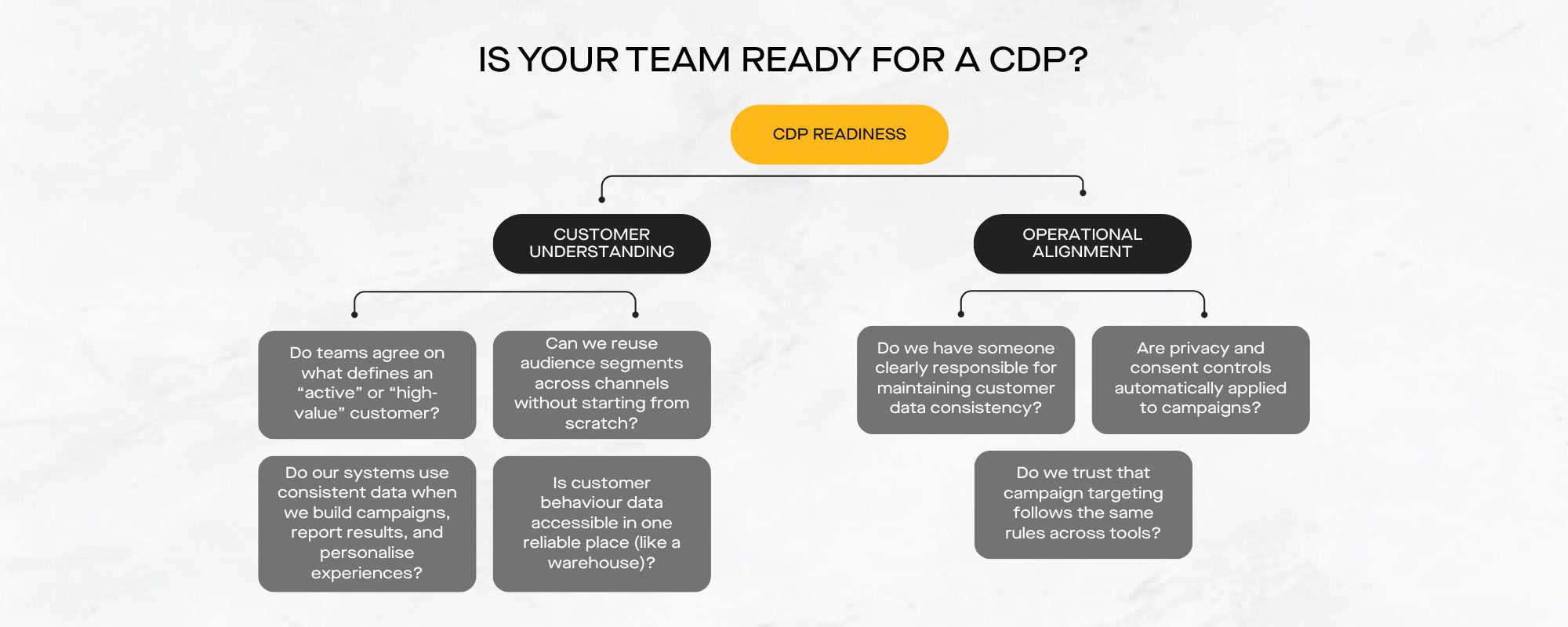
2. A working CDP depends on structure outside the tool
The platform is not the source of clarity. The structure is. That includes:
- A shared taxonomy of events and traits
- A tagging system that’s maintained, not just implemented
- Agreement on how identities are resolved across channels
- A process for applying consent to activation logic
- A record of where data comes from, where it flows, and who handles exceptions
At DIGITXL, as a CDP Consulting agency, we rarely recommend a CDP until these things exist not in theory, but in documentation. If your product, marketing, and data teams use separate terms for the same event, a CDP won’t bridge that. It will just make the confusion more visible.
3. What makes a team “ready” is clarity
We’ve seen small teams succeed with complex CDPs because they had strong internal habits. We’ve seen 100+ person companies struggle with basic implementations because no one owned the schema.
Here’s what we look for in a team that’s actually ready: If three or more of these are missing, a CDP may still be an option but it will create more work than it removes.
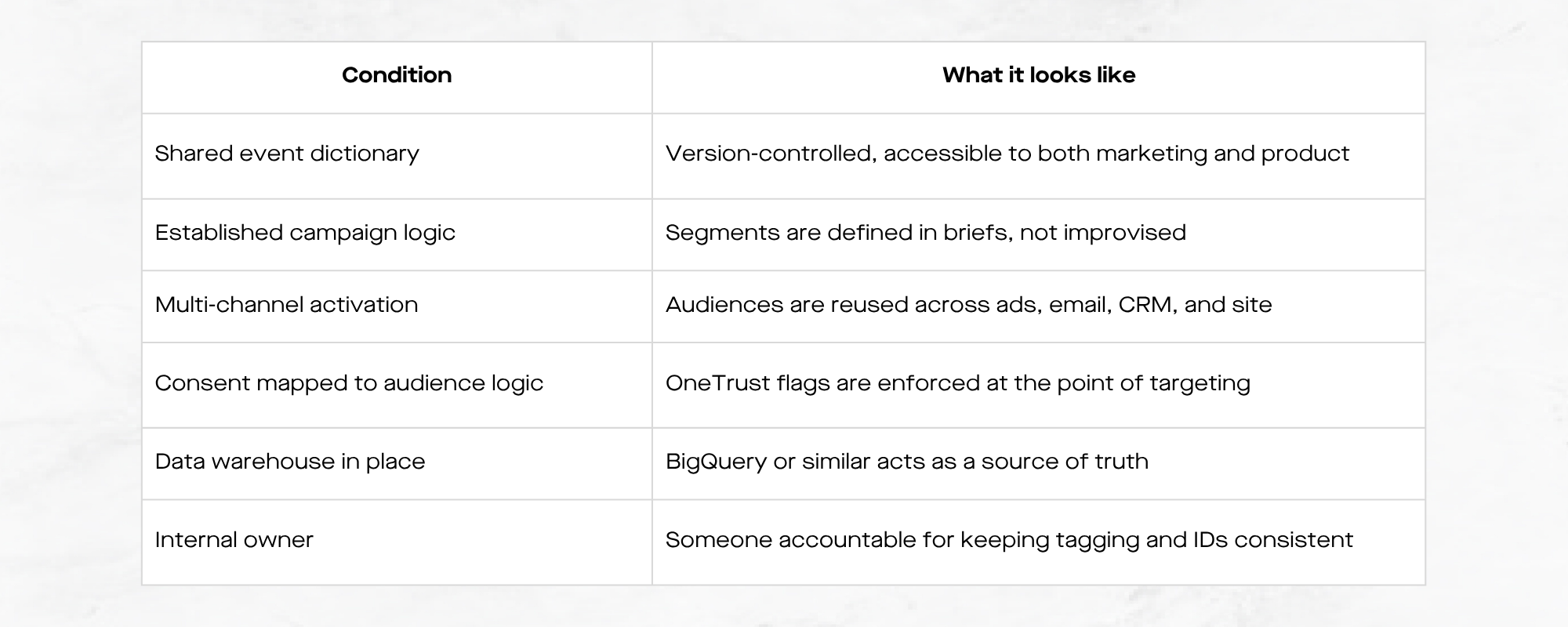
4. Platform fit depends on the team
Here’s how we frame tool decisions for clients. It doesn’t exhaust you, It’s reflective

5. The most common breakdowns happen after setup
The mistake is usually how the tool is created
- Events go unmaintained.
- Destination syncs are misconfigured.
- Marketing builds segments based on assumptions.
- Reporting becomes less trusted because data paths aren’t monitored.
- No one takes ownership of drift when naming or definitions shift.
When we’re brought in mid-implementation, the fix is usually upstream. The event names are fine. The structure is not. Most teams don’t need to rebuild. They need to re-own.
6. When not to buy a CDP (yet)
- If your campaign team is still downloading CSVs to match targeting lists
- If your tagging spec is only in a dev ticket, not a shared document
- If your event names change depending on the tool
- If your consent model is checked by Legal but not applied in your ESP
- If your warehouse is optional, not used as a reference point
- If your lifecycle team rebuilds suppression rules each week
In these cases, fixing the structure will do more than introducing a new platform.
7. How DIGITXL typically steps in
We don’t “implement” CDPs. We repair the conditions that make them unworkable. Our work usually starts before the platform is chosen:
- Auditing event schema quality across GTM, GA4, Shopify, Segment
- Mapping suppression logic across Klaviyo, Dotdigital, Salesforce
- Reviewing consent applications across OneTrust, Meta, Google Ads
- Tracking where attribution breaks and why
- Building documentation that clarifies what’s happening and who owns it
Once those are clear, setup is less risky. Teams stop guessing. Campaigns move faster.
8. Final call: what’s the actual cost?
Ask your team this:
- How often do you redo the same audience logic in different tools?
- How often does attribution cause conflict in planning?
- How often is your campaign performance based on faith, not certainty?
- How often is Legal unsure about where consent is being applied?
If these issues appear more than occasionally, structure is the priority.
And if structure is the priority a CDP might be part of the answer.

